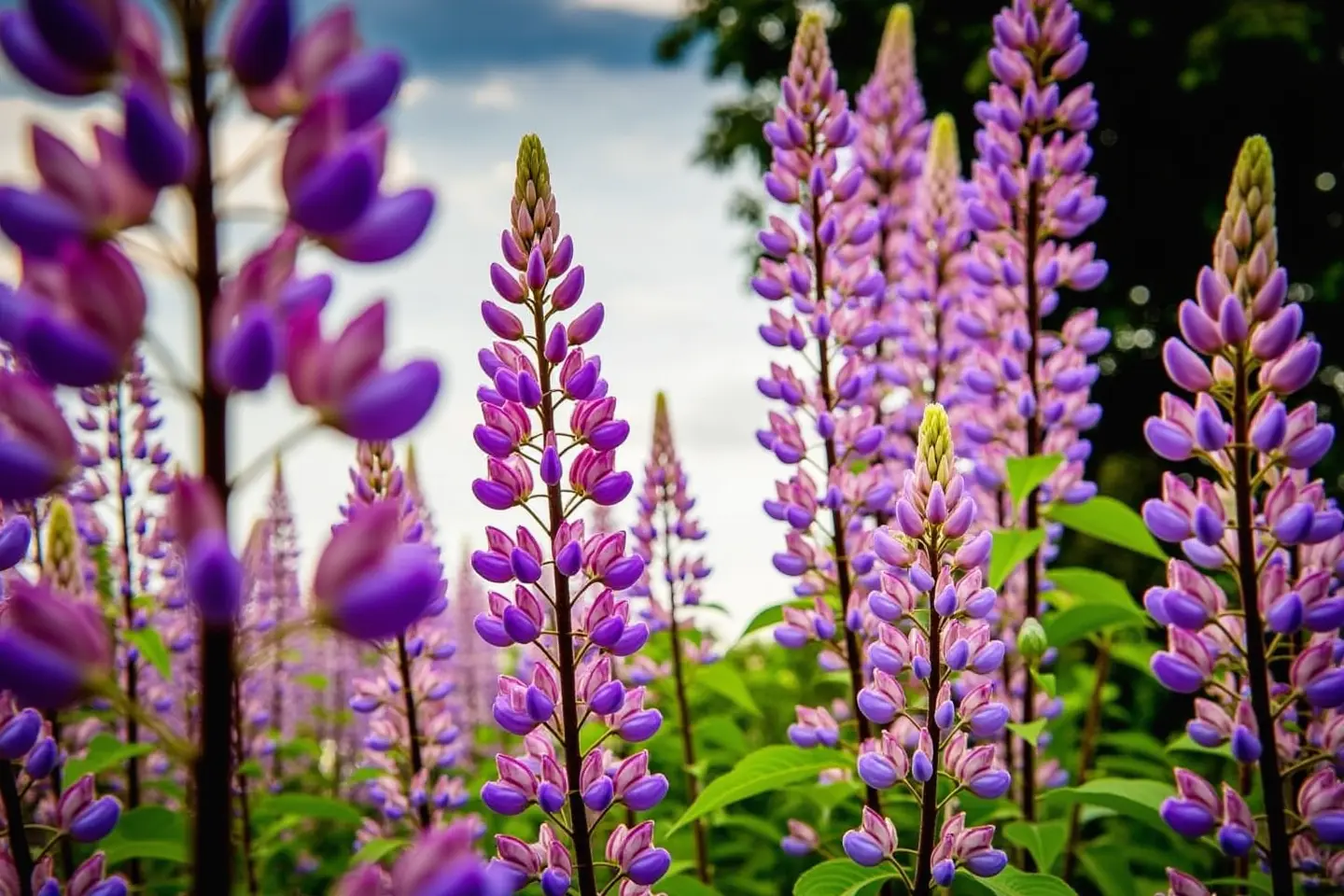4 Tips for Successfully Growing Wild Lupines
4 Tips for Successfully Growing Wild Lupines
Have you ever walked through a meadow and been captivated by the vibrant blue of wild lupines swaying gently in the breeze? These stunning flowers not only add a burst of color to any garden but also play a crucial role in supporting local ecosystems. If you’re looking to grow wild lupines in your backyard or garden, you’re in the right place. In this article, we’ll explore four essential tips to help you successfully cultivate these beautiful flowers, drawing on real-life experiences and expert advice.
1. Choose the Right Location
As the sun rises each day, dappling the garden with warm light, the first step to growing wild lupines is selecting the perfect spot. These flowers thrive in well-drained, sandy or loamy soils with plenty of sunlight—at least six to eight hours per day. An anecdote from a fellow gardener, Laura, emphasizes the importance of location. She recalls her first attempt at growing lupines in a shaded area resulted in lanky, weak plants that struggled to bloom. After relocating her lupines to a sunnier, well-drained spot, they thrived and transformed her garden into a vibrant spectacle of blue.
2. Prepare the Soil
Quality soil is the foundation of any successful garden. Wild lupines prefer slightly acidic to neutral soil with a pH of around 6.0 to 7.0. Before planting, consider amending your soil with organic compost or well-rotted manure to improve its structure and fertility. Mark, another gardening enthusiast, shared how he was able to turn his garden around by enriching the soil—his once-dry dirt transformed into a nutrient-rich paradise where his wild lupines took off like never before.
3. Planting Techniques
When it comes to planting, timing is key. Plant your wild lupine seeds in early spring, just as the last frost begins to recede. You can also sow seeds in the fall for an early spring bloom. A handy tip involves scarifying the seeds—lightly scratching the surface of the seed coat or soaking them in water for 24 hours can help with germination. As you sprinkle the seeds into your carefully prepared soil, envision the colorful blooms that will soon grace your garden. One gardener, Rachel, recalls her excitement as she saw the first sprouts appear just a few weeks after planting.
4. Water Wisely
While lupines are drought-tolerant once established, young plants need regular watering—especially during dry spells. The key is to water deeply but infrequently, allowing the soil to dry out slightly between watering sessions. This mimics their native environment and encourages robust root growth. Sarah, a nature lover and avid gardener, swears by her routine of watering her lupines every couple of weeks. This way, she has healthy blooms that thrive beautifully without relying too heavily on irrigation.
Conclusion
Growing wild lupines is not only rewarding, but it also contributes to creating an inviting habitat for pollinators and beneficial insects. By choosing the right location, preparing your soil, employing the right planting techniques, and watering wisely, you’ll be well on your way to enjoying the stunning beauty of these vibrant flowers in your garden. Remember, gardening is a journey filled with learning and excitement, so embrace the process and watch your wild lupines flourish.
FAQ
What are wild lupines?
Wild lupines are perennial flowering plants native to North America. They are known for their striking spikes of flowers, typically in shades of blue, purple, or white.
How tall do wild lupines grow?
Wild lupines can grow between 1 to 3 feet tall, depending on the species and growing conditions.
Do lupines attract pollinators?
Yes, wild lupines are excellent for attracting pollinators such as bees and butterflies, making them a valuable addition to any garden focused on supporting local wildlife.
Are wild lupines easy to grow?
With the right care, including proper soil preparation and watering, wild lupines are relatively easy to grow for gardeners of all skill levels.
When do wild lupines bloom?
Wild lupines typically bloom from late spring to early summer, providing beautiful color in your garden during that time.
“






